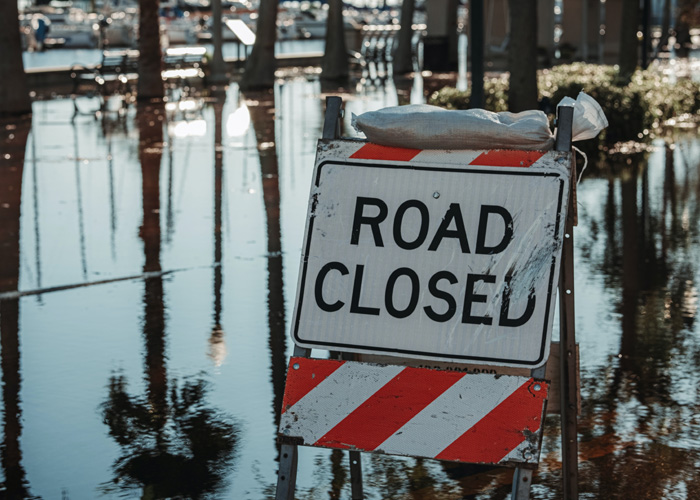As the clean-up effort for Hurricane Ian continues in Florida, the state’s real estate market faces difficult consequences from the impact of the storm and the threat of others to come.
The financial toll of Ian is beginning to come into focus, with an estimate of between $53 billion and $74 billion in privately insured losses, according to risk modeling and solutions company RMS. That range does not include flood insurance, which RMS estimates could add an additional $10 billion in losses through the National Flood Insurance Company.
The RMS estimates account for a full range of property damage across the commercial and residential sectors, in addition to public infrastructure and other categories. But the critical challenge for residential real estate in the aftermath of a storm like this is what it means for the affordability of homeowners insurance in Florida.
To put Ian’s destruction in perspective, the RMS estimate is about twice as much, in current dollars, as the insured losses that resulted from Hurricane Andrew in 1992 — usually the reference point for Florida’s susceptibility to hurricane damage. Ian’s financial impact is not far from that of Hurricane Katrina in New Orleans in 2005, which remains the nation’s most expensive natural disaster.
The New York Times reported on the precarious state of Florida’s private home insurance market, which is a pre-requisite for a functioning mortgage market. There is a risk that the rising cost of insuring a home will make ownership unattainable for those not wealthy enough to absorb the higher premiums.
In the aftermath of Hurricane Andrew, Florida set up a number of quasi-public entities to insure homeowners against wind damage from hurricanes. It was a response to most large national insurance companies backing out of Florida, offering residents a state-mandated option in case they couldn’t find coverage elsewhere.
The arrangement has had its benefits and drawbacks, but large storms tend to shake up the market because Florida relies primarily on foreign reinsurers to handle the volume of claims that follow hurricanes. When there is an event on the scale of Ian, this can backfire. From The New York Times:
Even before Ian struck, reinsurers started offering less coverage than the state’s insurance companies wanted. Citizens, the government-mandated insurance plan, was only able to buy half as much reinsurance as it wanted at a price it was willing to pay, according to Michael Peltier, a spokesman. And the available coverage came at a high cost, with some reinsurers raising prices by as much as 50 percent.
Rising rates from reinsurers have been pushing Florida’s insurers into deeper financial distress. As a group, the state’s property insurers have lost money every year since 2017, according to state data. Last year, the state’s insurers lost more than $600 million — in a year when no hurricanes made landfall in Florida.
Exactly how Ian will impact Florida’s insurance and housing market is still unclear, but there’s reason to expect that it will make insuring homes more expensive.
The RMS analysis projects that the thorny details of coverage for Ian’s damage will collide with larger economic forces that push costs upward.
“A sizable portion of the losses from Ian will be associated with post-event loss amplification and inflationary trends. A combination of high claims volume, additional living expenses related to the massive evacuation efforts, prolonged reconstruction in the worst-affected areas, and the prevalent higher-than-average construction costs will contribute to a significant economic demand surge,” said Rajkiran Vojjala, vice president of model development at RMS.
Vojjala added that expected litigation over insurance claims, particularly policy disputes over grey areas between wind and water damage, could lengthen the settlement process and increase adjustment expenses. Flood insurance is typically sold separately from homeowner’s insurance and is most often sold or underwritten by the federal government.
In a broader context, as the Fed continues to raise mortgage rates, many analysts project that home prices in the United States will continue to fall regardless of whether the U.S. economy enters a recession in the coming year. That may temper affordability concerns in Florida for a stretch, but it doesn’t address many of the fundamental and long-term questions the state’s real estate market faces due to its heightened risk for natural disasters.
Hurricane Ian seems likely to reset the market in ways that will only become apparent during and after the long road to recovery.
“Ian was a historic and complex event that will reshape the Florida insurance market for years to come,” said Mohsen Rahnama, chief risk modeling officer for RMS.
Photo credit: AlteredSnaps/Pexels.com


